Cheetahs are among the most fascinating creatures roaming the African savannah, known for their incredible speed and agility. These beautiful animals have carved out a unique niche for themselves in the ecosystem, thriving in an environment that poses both challenges and opportunities. This article will explore how cheetahs have adapted to life on the open savannah, examining their physical characteristics, hunting strategies, social behavior, and survival mechanisms.
Physical Adaptations for Speed
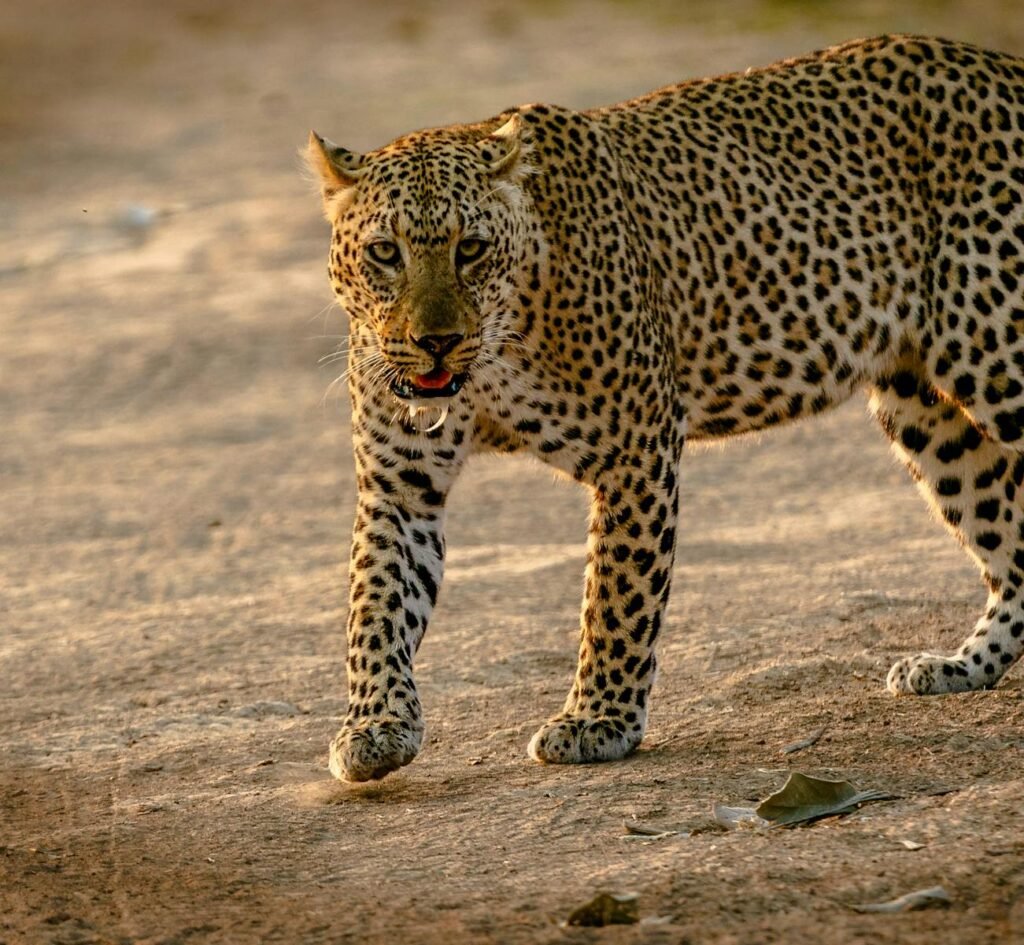
The most striking feature of the cheetah is its unparalleled speed, often topping 60 miles per hour. This ability is the result of a series of physical adaptations, including a lightweight frame, long legs, and a highly flexible spine. The cheetah’s spine acts almost like a spring, allowing for an extended stride and powerful acceleration. Additionally, their elongated limbs and specifically-shaped muscles contribute to their speed and agility, enabling them to chase down prey over short distances.
Unique Respiratory and Circulatory Features
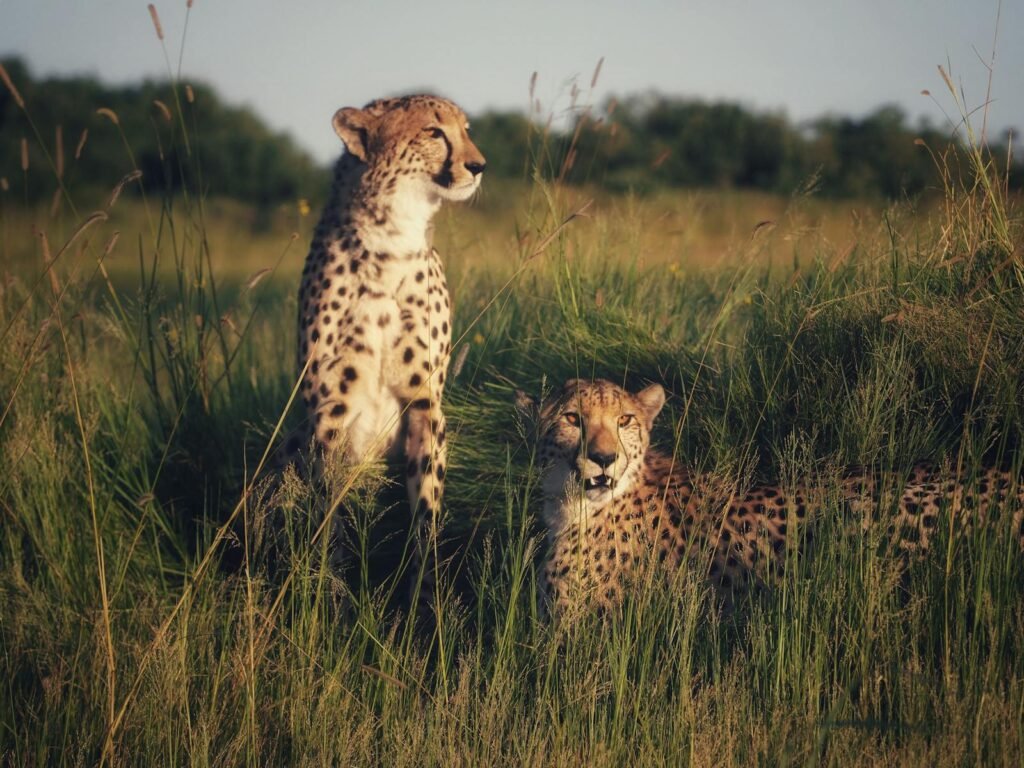
Cheetahs have a highly efficient respiratory system designed to support their high-speed chases. They possess large nasal passages, lungs, and heart, allowing for rapid oxygen intake and distribution. This unique anatomy ensures that the cheetah can maintain its top speed long enough to catch its prey, even though this pace can only be sustained for short bursts due to the energy expenditure involved.
Camouflaged Coats for Stealth
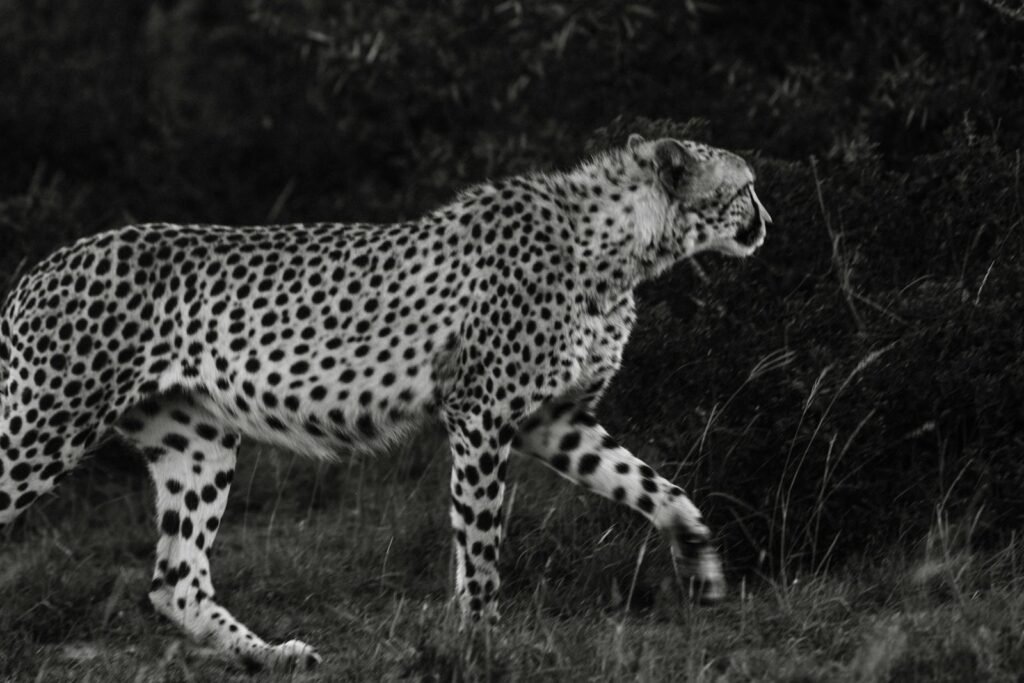
The cheetah’s coat features a distinctive pattern of black spots against a tawny background, providing excellent camouflage in their savannah habitat. This coloration breaks up their outline against the grasslands, making it easier for them to approach prey without being detected. This stealth is a crucial adaptation, as cheetahs rely on close ambush hunting tactics rather than long chases.
Optimized Vision for Hunting

Cheetahs have evolved exceptional eyesight, crucial for spotting prey across the vast expanses of the savannah. Their eyes feature a high concentration of retinal cells and a distinctive black “tear mark” running from the eyes down to the mouth, which minimizes glare from the sun and enhances focus on distant objects. This allows cheetahs to detect and precisely track potential targets even from long distances.
Hunting Strategies and Techniques

Cheetahs typically employ a keen sense of timing and stealth to stalk their prey, often focusing on younger or weaker animals to increase their chances of success. Once within range, they explode into a high-speed chase, using their honed reflexes and quick acceleration to close the distance rapidly. They aim to trip their prey with a swipe of their forepaws, bringing it to the ground before delivering a fatal bite to the neck.
Social Behavior and Group Dynamics

While female cheetahs are mostly solitary, males often form small groups called coalitions, usually consisting of brothers from the same litter. These coalitions offer advantages in terms of territory defense and cooperative hunting, increasing their overall survival rate. Female cheetahs, on the other hand, maintain home ranges that overlap with those of males but remain primarily focused on rearing their cubs.
Reproductive Strategies
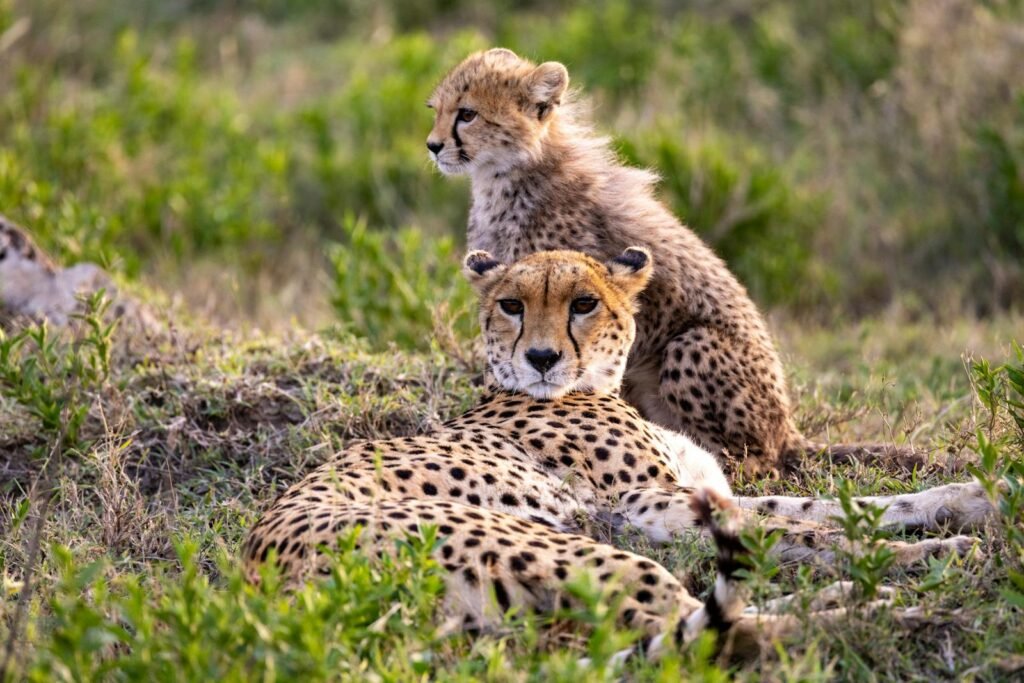
The reproductive success of cheetahs is closely linked to their unique life cycle and adaptive strategies. Female cheetahs are known for selecting optimal habitats to give birth and raise their cubs, often choosing secluded areas with plenty of cover to protect the young from predators. Cubs are born with a thick mantle of fur, providing them with added camouflage and helping them blend into their surroundings to avoid detection.
Dietary Adaptations
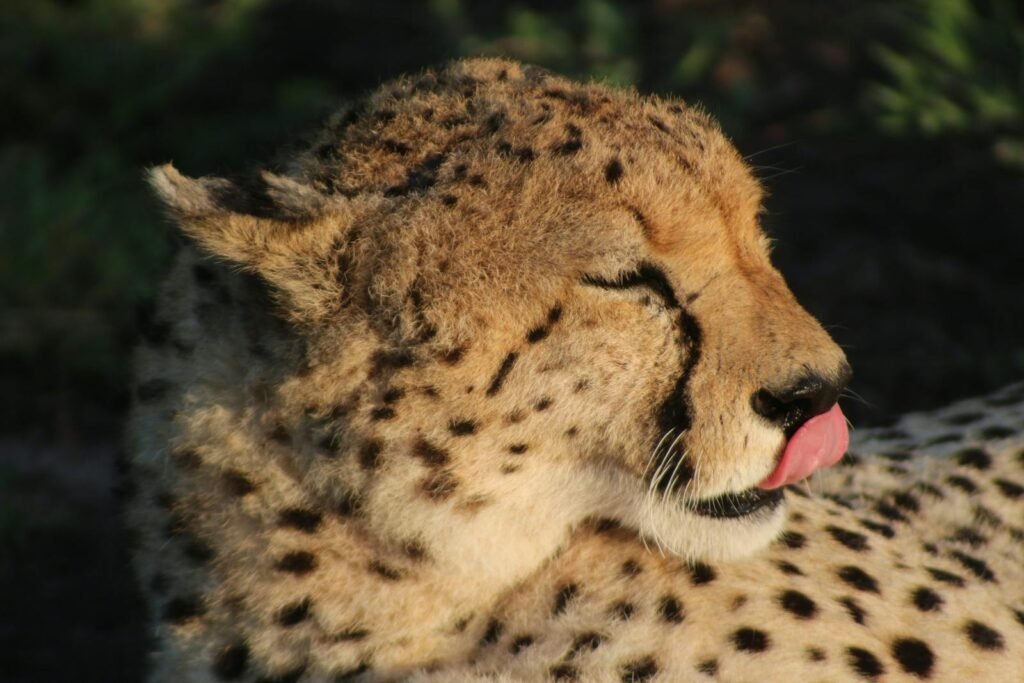
Cheetahs are carnivorous, primarily hunting medium-sized ungulates like gazelles and impalas. Adapted to a life of hunting, their bodies rely on a diet rich in protein. Their sharp teeth and strong jaws allow them to tear through flesh efficiently, though they need to eat quickly to avoid losing their meal to scavengers or larger predators, an ongoing challenge in the competitive ecosystem of the savannah.
Climate Adaptability
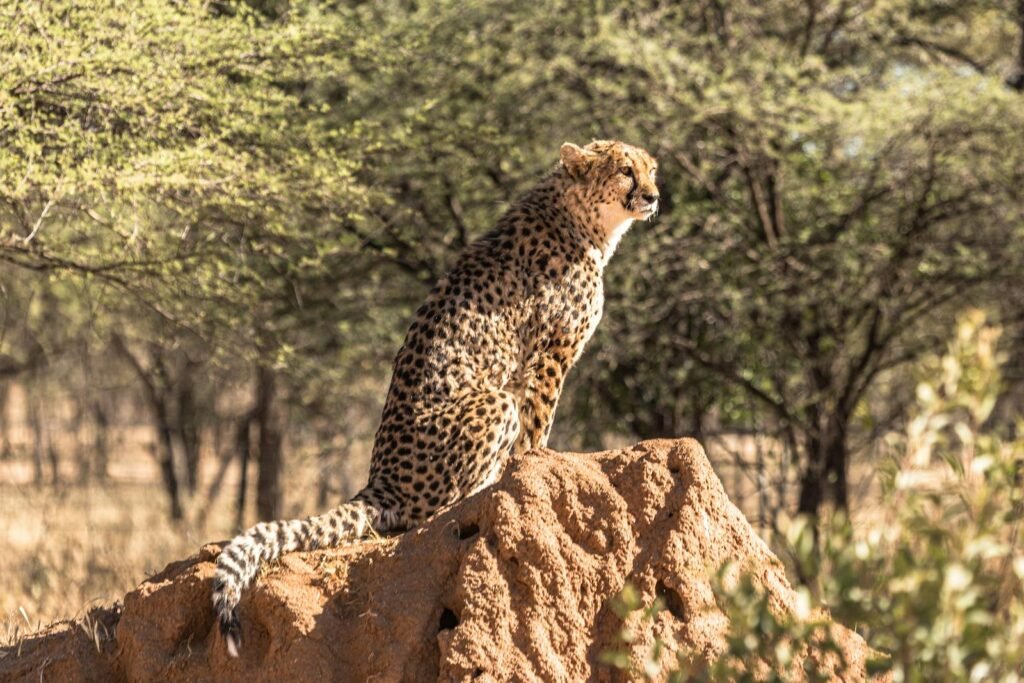
The cheetah has also adapted to the often harsh and fluctuating climate of the savannah. Their light coat helps them to stay cool under the African sun, while their strategic hunting patterns allow them to conserve energy, hunting during cooler parts of the day, usually at dawn or dusk.
Predator Aversion Techniques
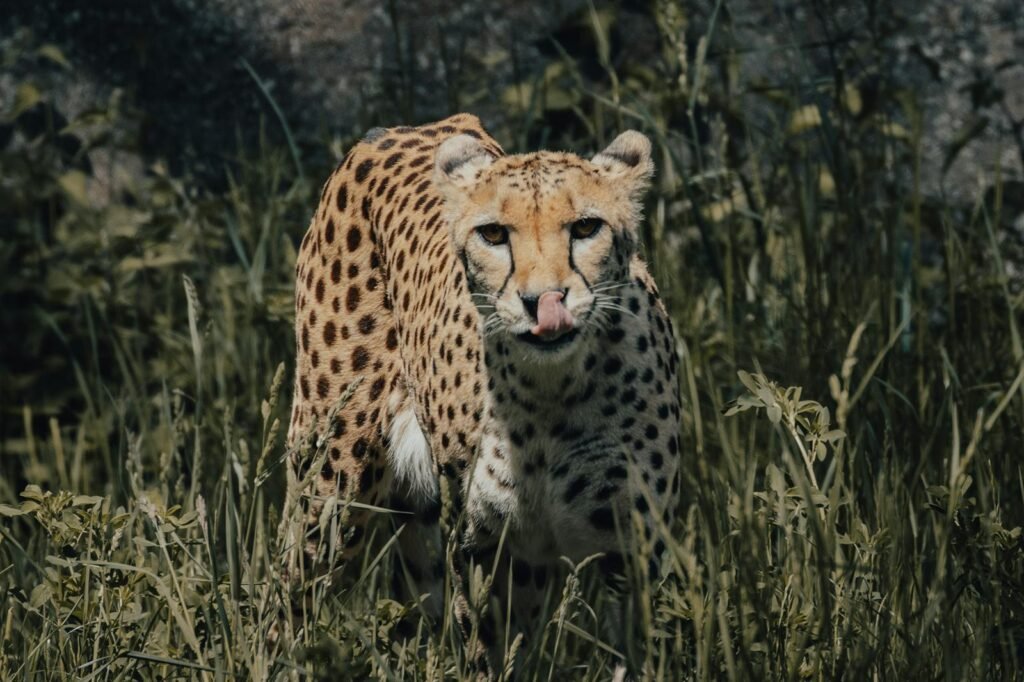
Despite their status as formidable hunters, cheetahs face significant threats from larger predators like lions and hyenas. To mitigate these threats, cheetahs have developed strategies such as hunting during times when these predators are less active and quickly moving their kills to safer areas to eat. Additionally, their young cubs are hidden in dense foliage to keep them out of sight.
Conclusion: Masters of Adaptation

Cheetahs are a remarkable testament to evolution’s power, having honed their bodies and behaviors to thrive on the open savannah. From their supreme speed and stealthy coats to their social structures and reproductive strategies, cheetahs are masters of adaptation. While they face numerous challenges, their unique adaptations have allowed them to carve out a unique niche in the ecosystem, and their survival continues to be a vital indicator of the health of African grasslands. Despite these evolutionary triumphs, the cheetah’s future is uncertain due to human encroachment and habitat loss, underscoring the need for concerted conservation efforts to protect these incredible animals for future generations.

Suhail Ahmed is a passionate digital professional and nature enthusiast with over 8 years of experience in content strategy, SEO, web development, and digital operations. Alongside his freelance journey, Suhail actively contributes to nature and wildlife platforms like Feline Fam, where he channels his curiosity for the Feline into engaging, educational storytelling.
With a strong background in managing digital ecosystems — from ecommerce stores and WordPress websites to social media and automation — Suhail merges technical precision with creative insight. His content reflects a rare balance: SEO-friendly yet deeply human, data-informed yet emotionally resonant.
Driven by a love for discovery and storytelling, Suhail believes in using digital platforms to amplify causes that matter — especially those protecting Earth’s biodiversity and inspiring sustainable living. Whether he’s managing online projects or crafting wildlife content, his goal remains the same: to inform, inspire, and leave a positive digital footprint.






